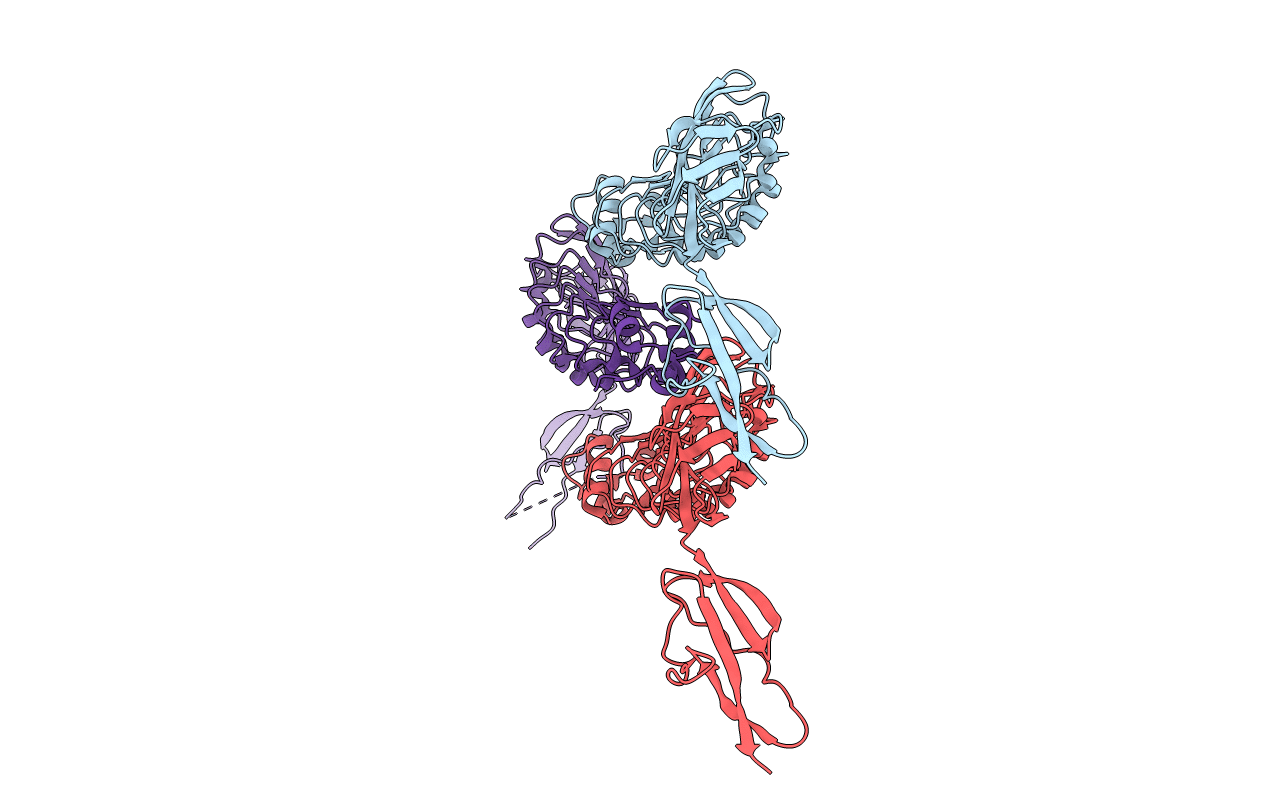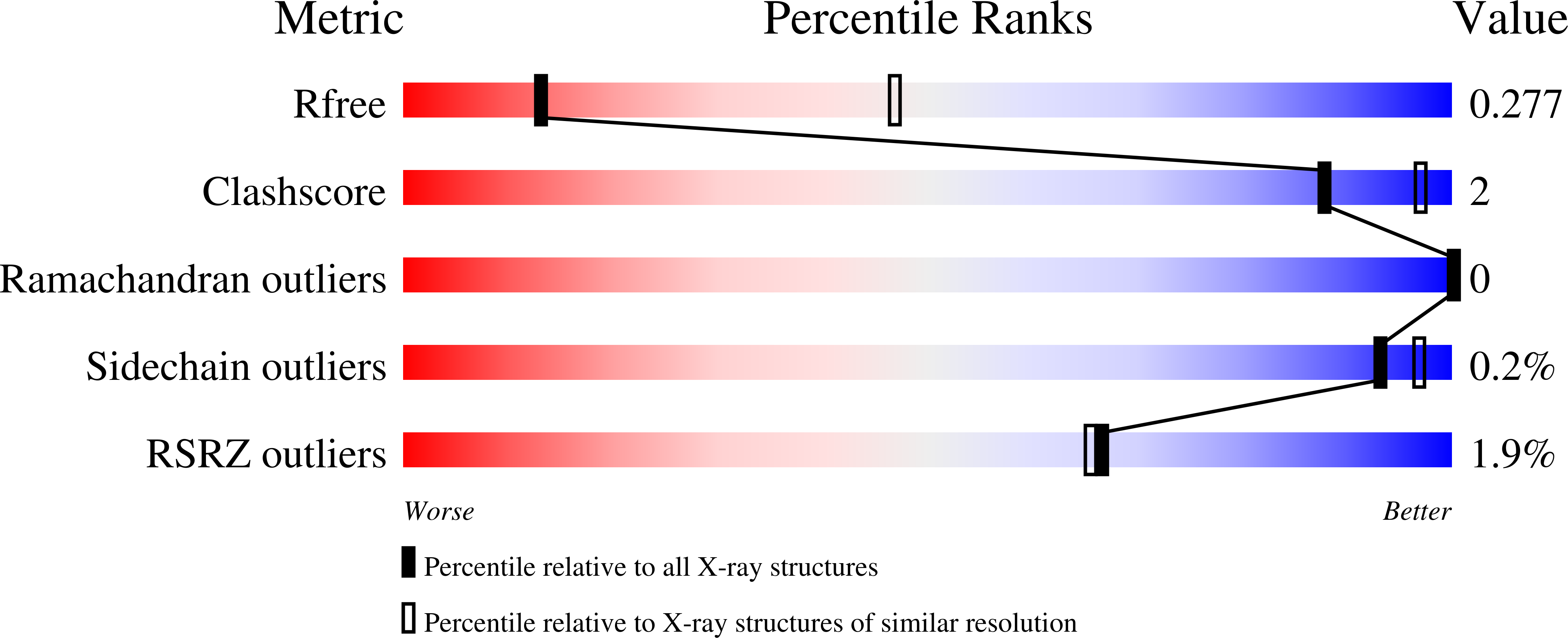
Deposition Date
2021-10-01
Release Date
2022-01-26
Last Version Date
2024-01-31
Entry Detail
PDB ID:
7PV9
Keywords:
Title:
Listeria monocytogene InlB (internalin B) residues 36-392 (internalin domain and B-repeat)
Biological Source:
Source Organism:
Host Organism:
Method Details:
Experimental Method:
Resolution:
3.30 Å
R-Value Free:
0.27
R-Value Work:
0.23
R-Value Observed:
0.23
Space Group:
P 21 21 21


